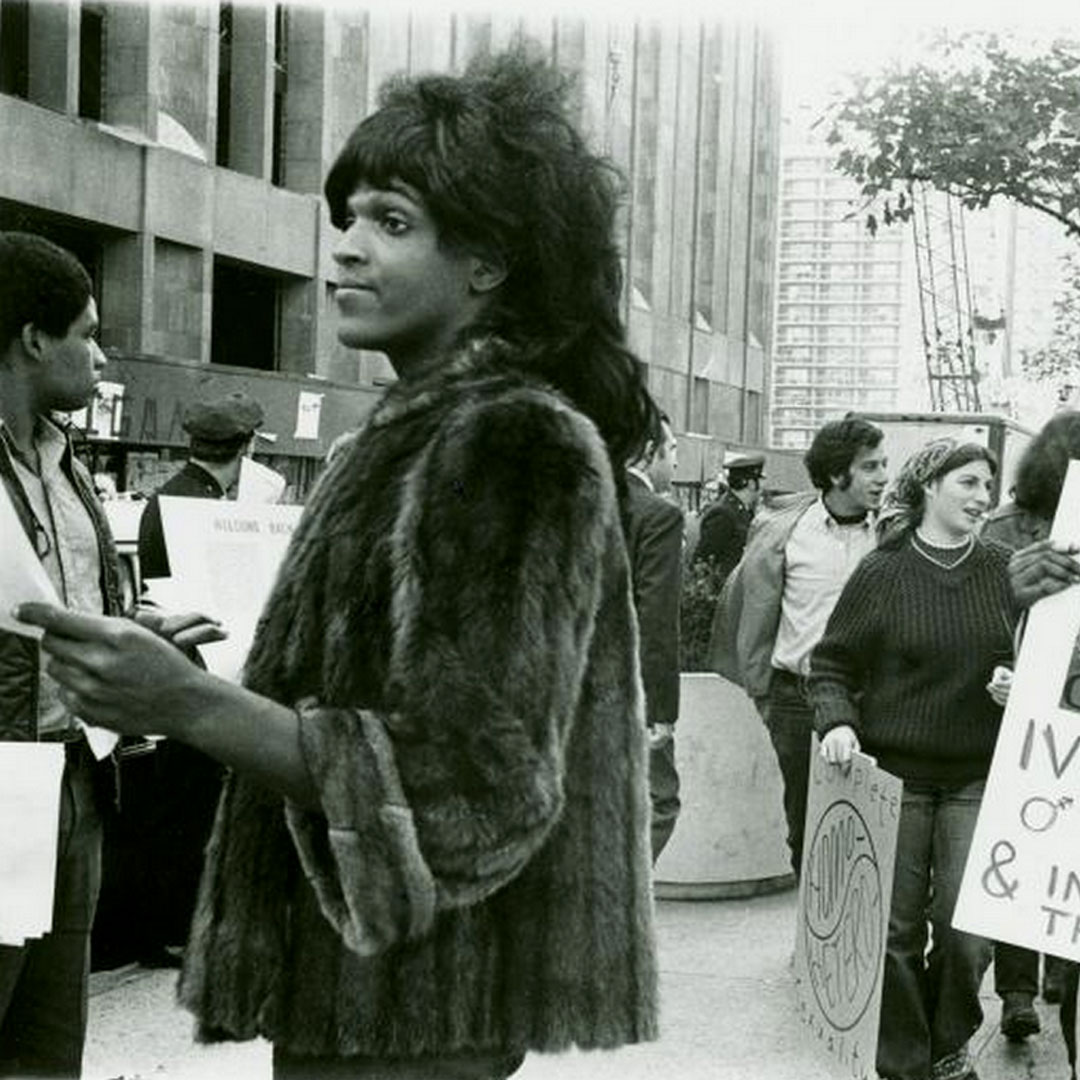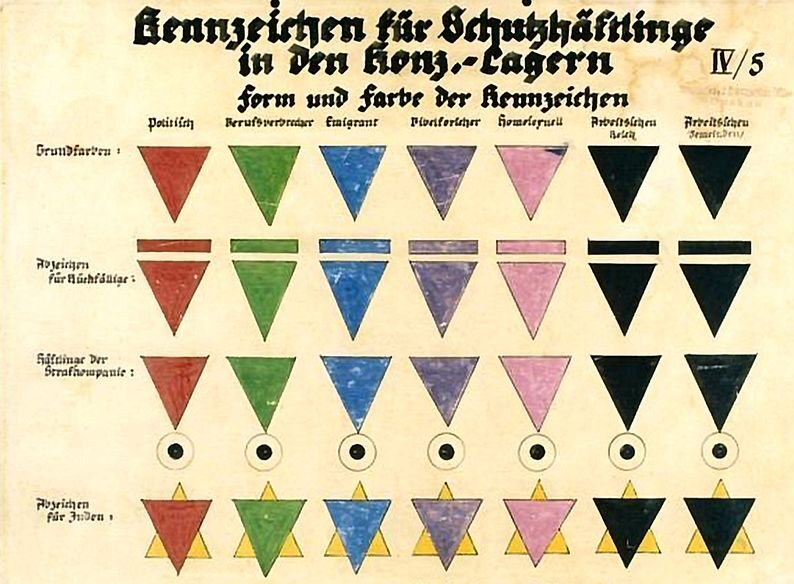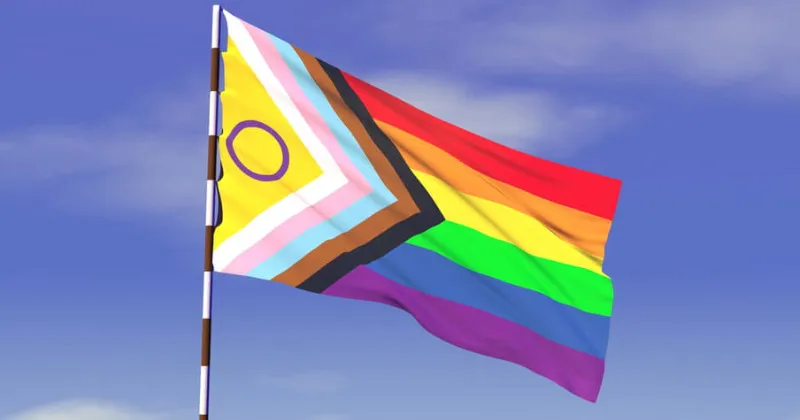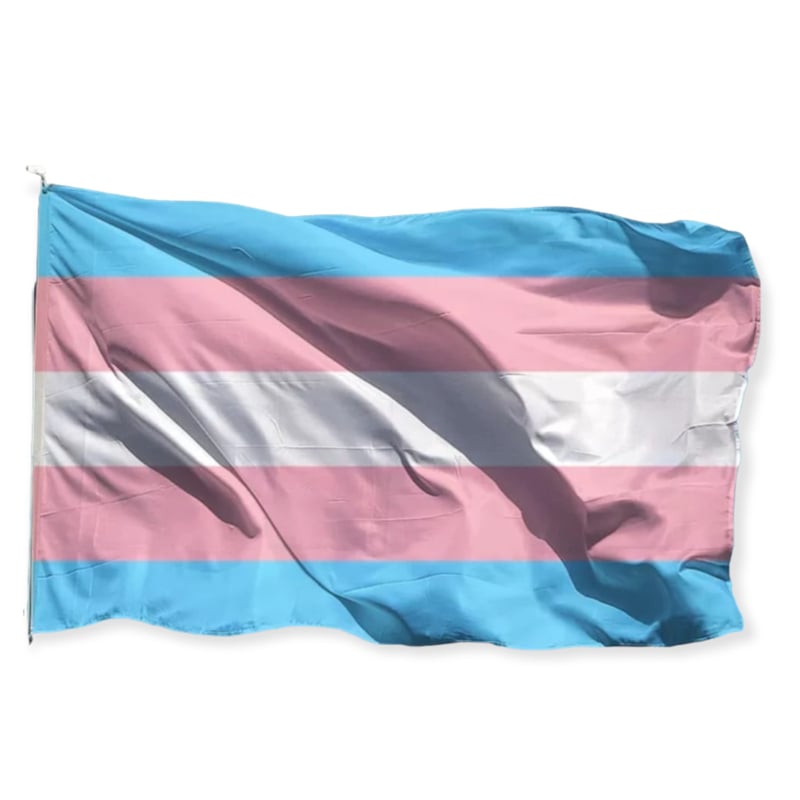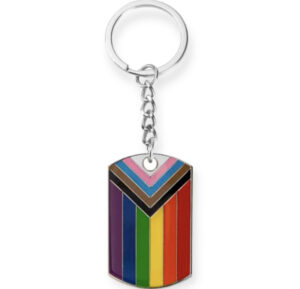LGBTQIA+: What does it stand for?
Origin of LGBTQIA+
The origin of the LGBTQIA+ movement lies in a long history of the fight for equality and visibility for diverse sexual orientations and gender identities. While homosexuality and gender diversity existed in ancient civilizations, the modern LGBTQIA+ movement truly began to take shape in the 20th century.
A major milestone was the Stonewall Uprising in 1969 in New York. This protest against police violence towards what was then the LGBTQ community is often considered the beginning of the modern fight for LGBTQ rights. Following these uprisings, activist groups like the Gay Liberation Front formed worldwide, advocating for the rights of gay, lesbian, and other groups within the community. The first Pride march was held a year later, in 1970, in New York and Los Angeles.
Gay Pride
Gay Pride originated to commemorate the Stonewall Uprising. This uprising marked a turning point in the history of the gay movement. Never before had gays and drag queens so forcefully resisted the humiliations imposed on their community by the police. On June 28, 1970, exactly one year after the Stonewall Riots, the first Gay Pride Parade took place in New York, with between 5,000 and 10,000 participants. The parade was intentionally joyful, encouraging a wide range of people to participate and leave with a positive feeling.
Similar initiatives spread worldwide, such as in Canada, France, Germany, Belgium, the Netherlands, Australia, and New Zealand. In London, the first Pride took place on July 2, 1972. The London Pride remained a combination of protest and celebration, and by the 1990s, it had grown into an event with several weeks of activities. In 1996, the Gay Pride Parade there was renamed “Lesbian, Gay, Bisexual, and Transgender Pride.”
Pink Saturday
Pink Saturday, the Dutch version of Pride, takes its name from the color pink, historically associated with the LGBTQIA+ community. This association traces back to World War II when the Nazis used a pink triangle to identify and persecute gay men in concentration camps.
In the 1970s, activists reclaimed the pink triangle as a symbol of pride and resistance against discrimination. The choice of pink for Pink Saturday pays tribute to this history and symbolizes solidarity and visibility for the LGBTQIA+ community. In the Netherlands, the Gay Pride Parade was first held in 1977. Since 1979, this event has been called Pink Saturday, following its first occurrence on April 14, 1979, in Roermond.
The Pride Flag
The Pride Flag, as we know it today, was designed by Gilbert Baker, an artist and LGBTQ+ activist, in 1978. The flag was first raised during the Pride March in San Francisco that year. Baker created the flag at the request of Harvey Milk, one of the first openly gay elected officials in the United States, to create a positive symbol for the LGBTQ+ community. The original flag had eight colors, each with a specific meaning:
- Pink: Sexuality
- Red: Life
- Orange: Healing
- Yellow: Sunlight
- Green: Nature
- Turquoise: Magic and Art
- Indigo (Blue): Serenity
- Violet: Spirit
Later, the pink and turquoise stripes were removed, reducing the flag to the six colors we see today: red, orange, yellow, green, blue, and violet. Over the years, the flag has continued to evolve.
Graphic designer Daniel Quasar introduced the Progress Pride Flag. This version features the traditional rainbow flag with an added five-color chevron pointing forward. Quasar designed the flag to emphasize inclusion and progress. The original rainbow flag remains, but five new colors have been added. The three colors from the transgender community’s flag (light blue, light pink, and white) and black and brown stripes represent people of color within the community. These five colors are arranged in the shape of an arrow, symbolizing progress.
The latest version of the flag also incorporates the intersex flag (yellow with a purple circle in the center), highlighting the visibility and inclusion of intersex individuals.
From LGB to LGBTQIA+
The original LGBTQIA+ abbreviation began as LGB in the 1970s, representing lesbian, gay, and bisexual. This abbreviation became widely accepted in the late 1980s and early 1990s, after “gay” was often used as an umbrella term in the 1970s. In the following years, LGBT became more common to make the various communities more visible.
- L stands for Lesbian. Women who are sexually and/or romantically attracted to other women. Some non-binary individuals also identify as lesbian.
- G stands for Gay (in Dutch: H stands for Homosexual), referring to men who are sexually and/or romantically attracted to men. Some non-binary individuals also identify as gay.
- B stands for Bi+ people, the umbrella term for individuals with a sexual and/or romantic orientation towards more than one gender. Some people identify as bisexual, bi+, pan, queer, or fluid.
The T for transgender was added in the 1990s to acknowledge gender diversity. The inclusion of “transgender” clarified that the movement was not only about sexual orientation but also about gender identity. A transgender person is someone who does not identify with the sex assigned to them at birth. “Transgender” is an umbrella term encompassing a wide range of gender identity and expression experiences. Non-binary people also fall under the “transgender” umbrella. A person who identifies as non-binary does not (fully) fit within the male or female gender identity.
The Q stands for Queer or Questioning, added later, particularly in the 1990s when the term “queer” was reclaimed as a positive identification for people who fall outside the cis-heteronormative world.
The I was added for Intersex, a term referring to people born with physical sex characteristics that do not fit typical definitions of male or female. This addition took place in the 2000s when the intersex community gained more visibility.
The A for Asexual was added in the 2010s to recognize people who experience little or no sexual attraction.
The + was introduced to represent the many other gender and sexual identities not specifically included in the acronym, such as pansexual, genderfluid, and non-binary.
In summary, the LGBTQIA+ movement is a response to centuries of oppression and aims to ensure equal rights, visibility, and acceptance for everyone, regardless of sexual orientation or gender identity.
Marsha P. Johnson during the Stonewall riots in New York (1969)
The gay pride in Amsterdam
Badges in German concentration camps, including the pink triangle for homosexuals
Gilbert Baker, an artist and LGBTQ+ activist designed the 8-colored flag in 1978
The transflag
In our store, we sell a variety of LGBTQI+ items in the colors of all the different flags.

